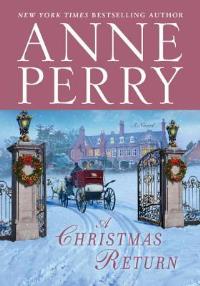Seventh of John Shors’ Asian-set novels, Unbound reimagines a legend well-known in China but perhaps less familiar to Western audiences: that of a young wife determined to reunite with her beloved husband, who was pressed into service constructing the Great Wall.
This version of the tale unfolds during the Ming Dynasty, in the mid-16th century. A year after her husband Fan’s departure, his wife Meng, missing him desperately and concerned about his well-being during the harsh winter atop the wall, crafts a warm coat and sets out on foot from Beijing, in male disguise, to bring it to him. Meanwhile, Fan, a talented craftsman responsible for maintaining the Great Wall’s structural integrity over the six miles between Jinshanling and Simatai, struggles to do his task amid increasingly poor health, regular Mongol attacks, and his cruel commander’s jealous rages and threats.
Meng and Fan’s love never wavers throughout the course of this clearly and straightforwardly written novel. Other subplots soon take prominence, though, such as Meng’s friendship with a man she meets en route (their teasing banter is lively and fun) and Fan’s protectiveness toward Bataar, a twelve-year-old enslaved Mongol boy. The question also arises about whether Bataar’s father will find and rescue him. There are no givens about how any of these situations will play out.
Descriptions abound of the Great Wall’s impressive architecture, with its many crenellations and watchtowers spanning the rugged terrain (“like a dragon sprawled across the mountains”) as well as the strategy behind its design. At times the educational purpose slows down the plot—considerable time is spent explaining how the Wall is built, and the information on how a sedan chair operates feels overlong—but anyone interested in Chinese history should find the material fascinating.
 |
| The Great Wall of China at Jinshanling Severin.stalder [CC BY-SA 3.0], via Wikimedia Commons |
Although the lovers are Chinese, this isn’t a one-sided presentation. The Mongols are fierce fighters, proud of their culture and bounteous grasslands, who want to trade with their resistant southern neighbor. In contrast, the Chinese emperor (who is never seen, only talked about) comes off as rigid and xenophobic. The novel examines the various power differentials of the day: between men and women, the Chinese and Mongols, and the different classes in Chinese society. On her journey, Meng observes how regulations on dress and other customs are selectively relaxed the further one gets from Beijing: a nice touch.
A more thorough copy edit would have caught the occasional typos and misspellings. {Update, 12/21: these have been fixed in the latest version of the novel.] For anyone curious about the Great Wall or the lives of average people during part of its construction, Unbound is definitely recommended.
Unbound was published in August in trade pb and ebook. Thanks to the author for providing me with a review copy.

























